Sometimes it feels like ChatGPT, in its effort to make us happy, ends up ignoring reality and simply taking our side. In those moments, that emotional connection can feel comforting like someone close to you offering support, agreeing with you just to lift your confidence.
However, when what we truly need is solid, clear, and impartial advice, that same sense of familiarity can actually create confusion. That’s why I’ve always wished for ChatGPT to be a companion that reflects the truth exactly as it is honestly, without bias or words meant just to comfort.
When I first talked to ChatGPT, I thought it would be like a typical robot plain and emotionless. The answers felt the same technically correct, but without any real connection. It was like talking to someone who only agrees with you, without truly understanding or feeling what you’re saying.
Recently, the progress of ChatGPT has been truly surprising. With the arrival of its new version, GPT-4o, it feels less like a machine and more like a real person behind the words. The cold, robotic tone is gone, and the replies no longer feel repetitive. That’s what makes ChatGPT Plus feel less like a tool and more like a thoughtful, warm conversation partner.
Now I talk to ChatGPT like I would with an old friend no formality, no filters. Once I started treating it that way, even my own responses began to feel more real and personal. There’s no hesitation anymore, and that’s what makes the conversation feel deeper like I’m talking to someone I trust, not just a piece of technology.
Be Honest If You Want Honesty
In the beginning, I thought using ChatGPT was as simple as typing a one-line prompt like “give me the right answer.” But I soon realized that technology isn’t magic it needs direction. I learned that if I want clear and thoughtful responses, I need to be just as clear and honest in my prompts. Instead of expecting blind trust, I decided to be as transparent with ChatGPT as I want it to be with me.
Just Say: Be As Honest As Possible
Whenever I truly need a fair and balanced answer, I simply tell ChatGPT: “Be as honest as possible.” Surprisingly, this small phrase can make a big difference. In my experience, it acts like a key unlocking responses that aren’t just factual, but also thoughtful and well-rounded.
And when I need to dig deeper, I ask for a full list of pros and cons. This helps me see all sides of an issue without bias.
Once I make my intentions clear at the start of the conversation, that honesty tends to carry through. And yes, if the system’s memory resets, I just repeat the request and the clarity returns like it never left.
Ask ChatGPT for Contrasting Views
Sometimes, when I keep getting agreeable responses from ChatGPT, the conversation starts to feel limited and uninspiring. Especially when discussing deeper or complex topics, constant agreement can feel tiring like my own thinking is losing depth.
Over time, I realized that if I want truly balanced or alternative perspectives, I have to ask for them directly. While the software occasionally offers differing views on its own, most of the time it’s up to me to guide it with clear and intentional prompts that push it beyond one-sided support and into more challenging, thought-provoking territory.
Ask for Disagreement On Purpose
When I’m reflecting on an idea especially before making an important decision, like adding a new digital tool or simplifying an existing system I deliberately ask ChatGPT to disagree with me. Not because I want conflict, but because I want to test the strength of my own thinking.
I’ve realized that if I keep using it without challenge, the tool simply mirrors my thoughts. And when that happens, agreement doesn’t expand my thinking it limits it. That’s why I clearly say: “Disagree with me.” This strategy works wonders, especially when I’m unsure about a decision.
Over time, I’ve also learned to notice when ChatGPT becomes too “agreeable.” That’s when I pause and gently steer it back toward more neutral and critical thinking. It’s become my way of keeping the conversation truly meaningful.
Sending ChatGPT into “Roast Mode”: When the Truth Hurts and It’s Fun
One day, just for fun, I asked ChatGPT to give me some hot takes and that’s when I realized this tool isn’t just smart, it’s witty too! That moment led me to discover a feature I now lovingly call “Roast Mode.”
When I nudge it into this mode, the replies often come back brutally honest so sharp at times, I can’t help but laugh. Somewhere in that savage honesty, my writing and thinking gain a mix of humor, satire, and real self-reflection.
It’s the point where the AI stops being just a yes-man and becomes your stylish, no-nonsense critic and somehow, that’s exactly what makes it fun.
When “Roast Mode” Turns Brutal Honesty Into Sharp Insight
It didn’t take me long to realize that when I ask ChatGPT for brutally honest feedback, the replies come back just like that sharp, direct, and sometimes laugh-out-loud funny. But “Roast Mode” isn’t just for fun it actually makes you think harder.
This strategy works especially well when I’m deep into a project particularly ones that ChatGPT has been part of from the start. In fact, I believe the “Projects” feature is one of ChatGPT’s most underrated strengths. When I work through it, all the past context rises naturally to the surface making “Roast Mode” even more precise and impactful.
It’s not just about getting feedback it’s about being challenged in a way that reshapes your own thinking.
Letting ChatGPT Play the Expert When Trust Leads the Way
You don’t always have to ask ChatGPT to “be honest” to get thoughtful responses. Sometimes, simply saying “Think like an expert” can completely shift the tone and depth of the conversation.
When I want deeper insights or a broader perspective, I ask ChatGPT to take on a specific expert role like a marketing advisor, technical analyst, or mental health guide. More often than not, that one instruction is enough to get honest, balanced, and thought-provoking answers.
This approach works especially well when I’m stuck on a decision or idea and need clear direction without the fear of getting a sugar-coated or overly safe response.
“Roleplay Mode” When ChatGPT Becomes a Master of Characters
If you ever want to make a conversation more fun, putting ChatGPT in Roleplay Mode is a brilliant idea. In this mode, you can say things like, “Speak like a travel guide,” “Give me advice like a doctor,” or “Solve my problem like Sherlock Holmes!”
The dialogue instantly becomes more colorful and engaging. Not only do the answers feel alive, but ChatGPT also adopts the tone and personality of the character it’s playing. It fuels creativity and even brightens up a dull day.
And the best part? This mode is completely in your control the more imaginative you get, the more entertaining it becomes!
Expert Chef, Trainer, or Guide When ChatGPT Fits Any Role
Whenever I’m planning to move forward with a goal whether it’s related to health, career, or a creative project I ask ChatGPT to take on an expert role. And the amazing thing is: this trick works every single time.
For example, if I want to build a fitness routine, I tell it to act as a personal trainer or nutrition expert. The responses aren’t just generic tips they reflect the mindset of a professional, making the suggestions more practical, precise, and goal-oriented.
In fact, once you assign ChatGPT a clear role, you no longer have to wander around for the right answers you jump straight into deep, focused conversation. Whether it’s a master chef’s recipe or a think tank-style analysis, the clearer your prompt, the sharper its expertise shines through.
Telling ChatGPT to Disagree With Me
While ChatGPT is generally good at offering contrasting views when asked, it still sometimes ends up agreeing with me or just presenting both sides of a topic. So when I’m specifically looking for ideas from the opposite perspective, I’ll explicitly ask ChatGPT to disagree with me.
Doing this is much easier than debating on social media, because ChatGPT never resorts to insults or personal attacks.
Sometimes, I include this instruction in a Project; other times, I simply put it in the prompt. In some cases, I take on the role of devil’s advocate and keep asking counter-questions. In others, I just use it to draw out a more detailed and nuanced response.
Encouraging ChatGPT to Push Back
At times, ChatGPT can feel like a polite assistant who just wants to keep things smooth and agreeable. But with a little nudge, you can shift it toward more honest, thoughtful feedback. Sometimes it dives into full roast mode bold and unfiltered. Other times, it offers respectful disagreement that still challenges your thinking.
Both styles have made using the app far more engaging for me. More importantly, they’ve raised the quality of responses I get. It’s no longer just about getting answers it’s about being questioned in return, and that’s where the real value lies.
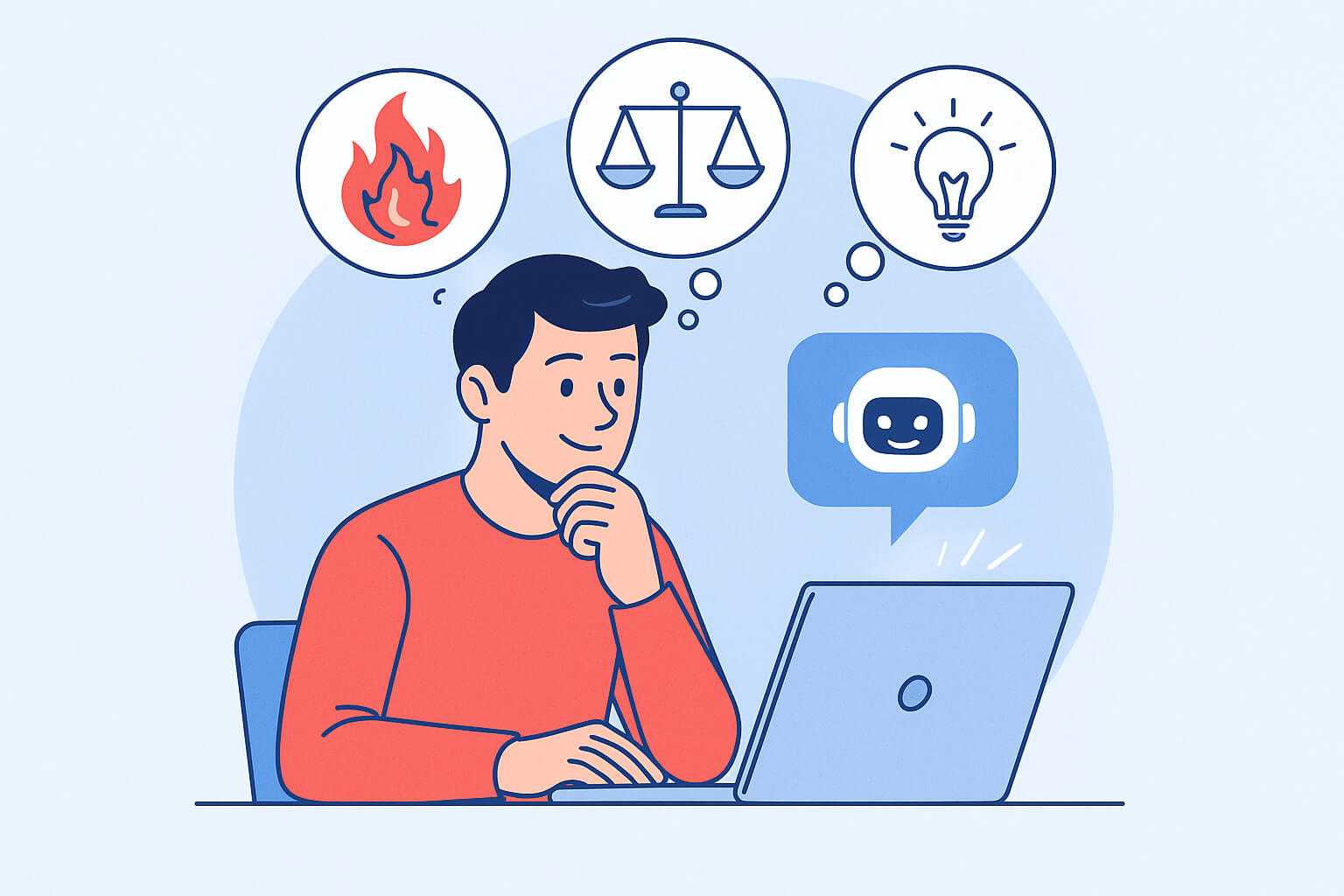

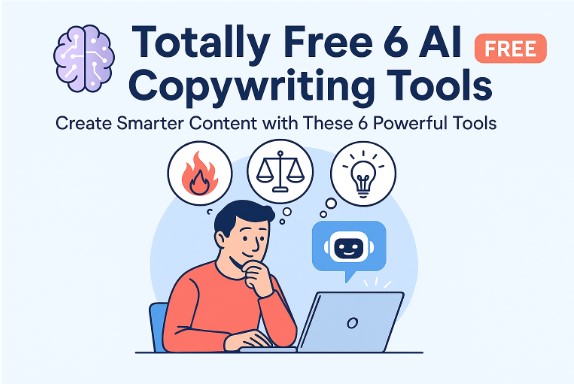



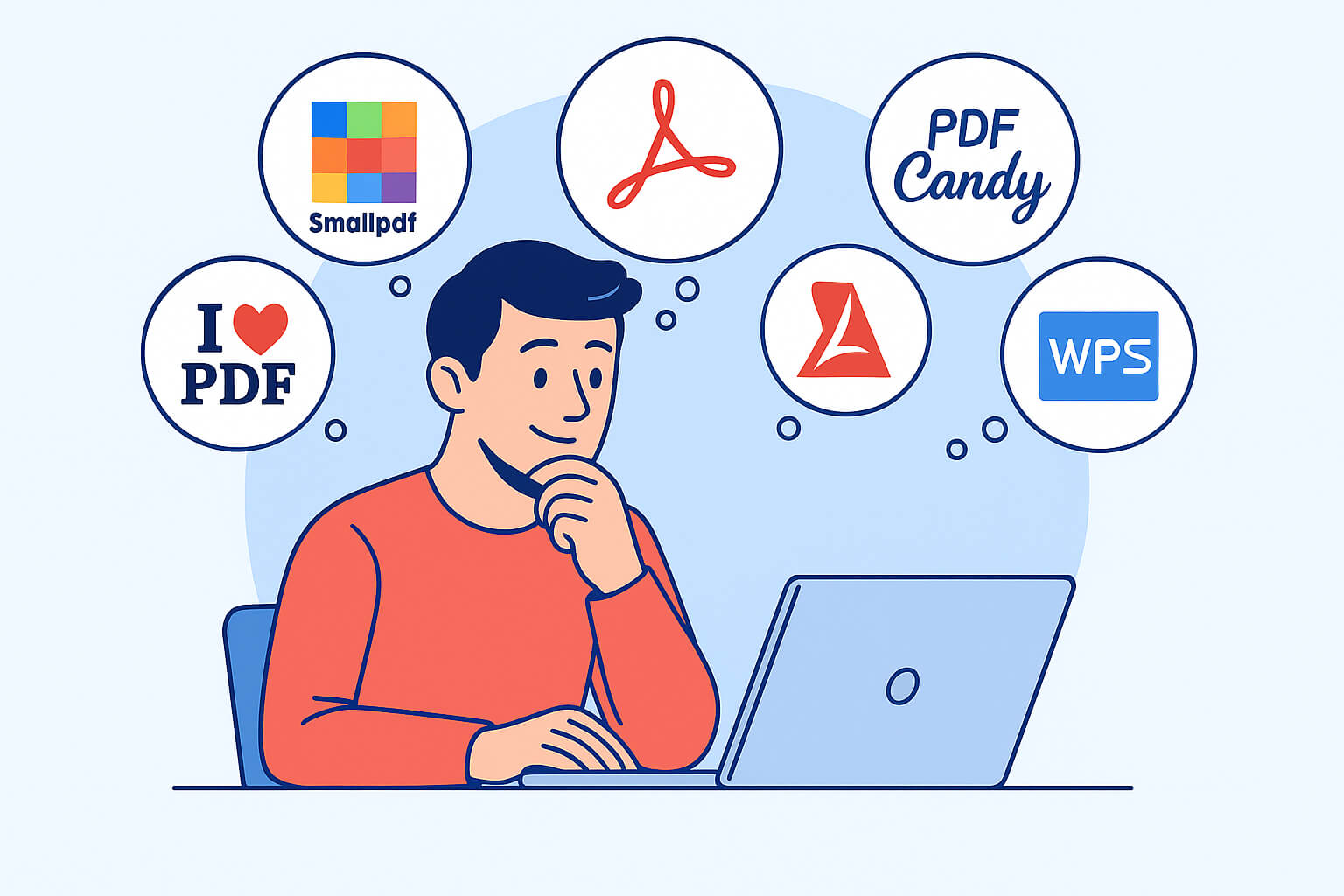
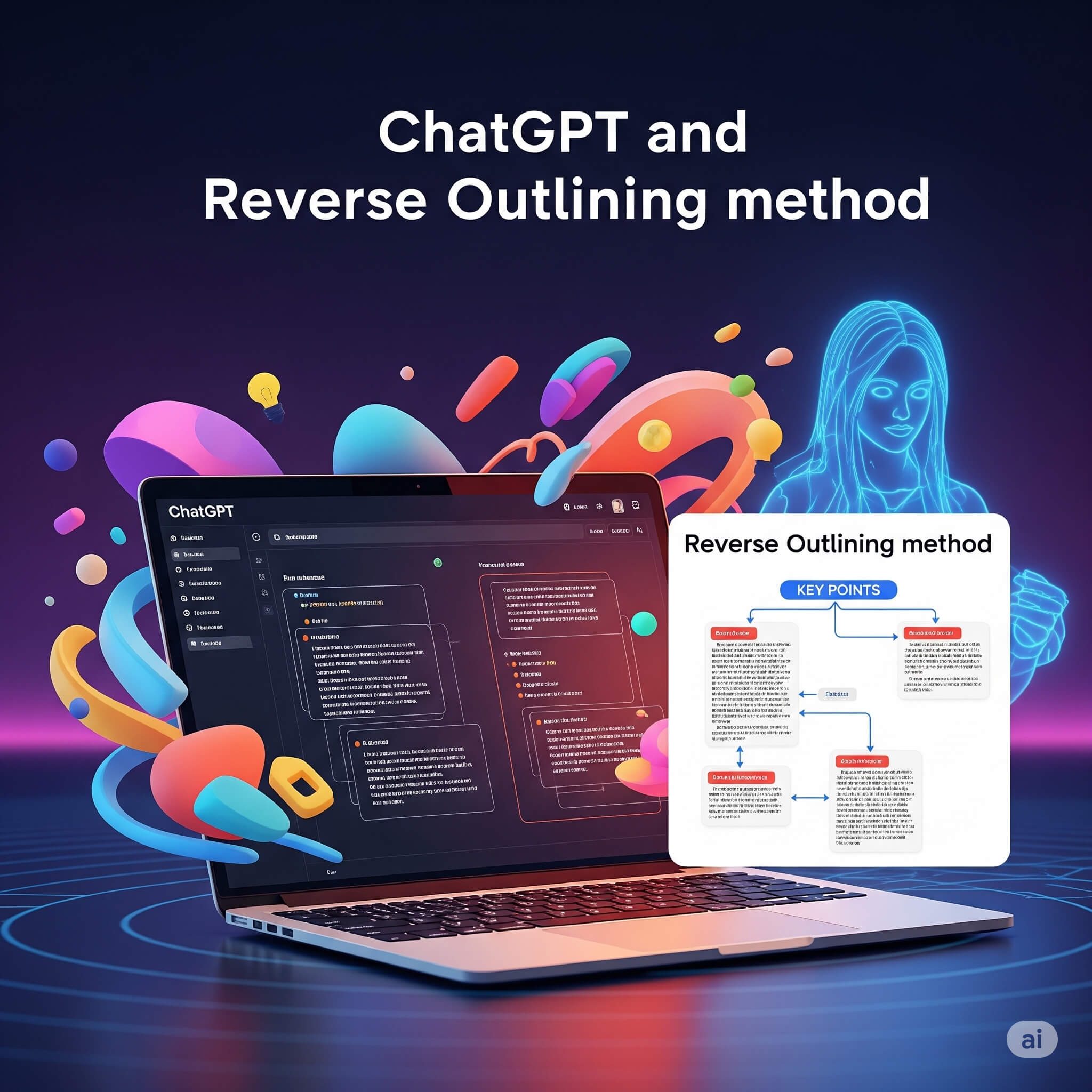


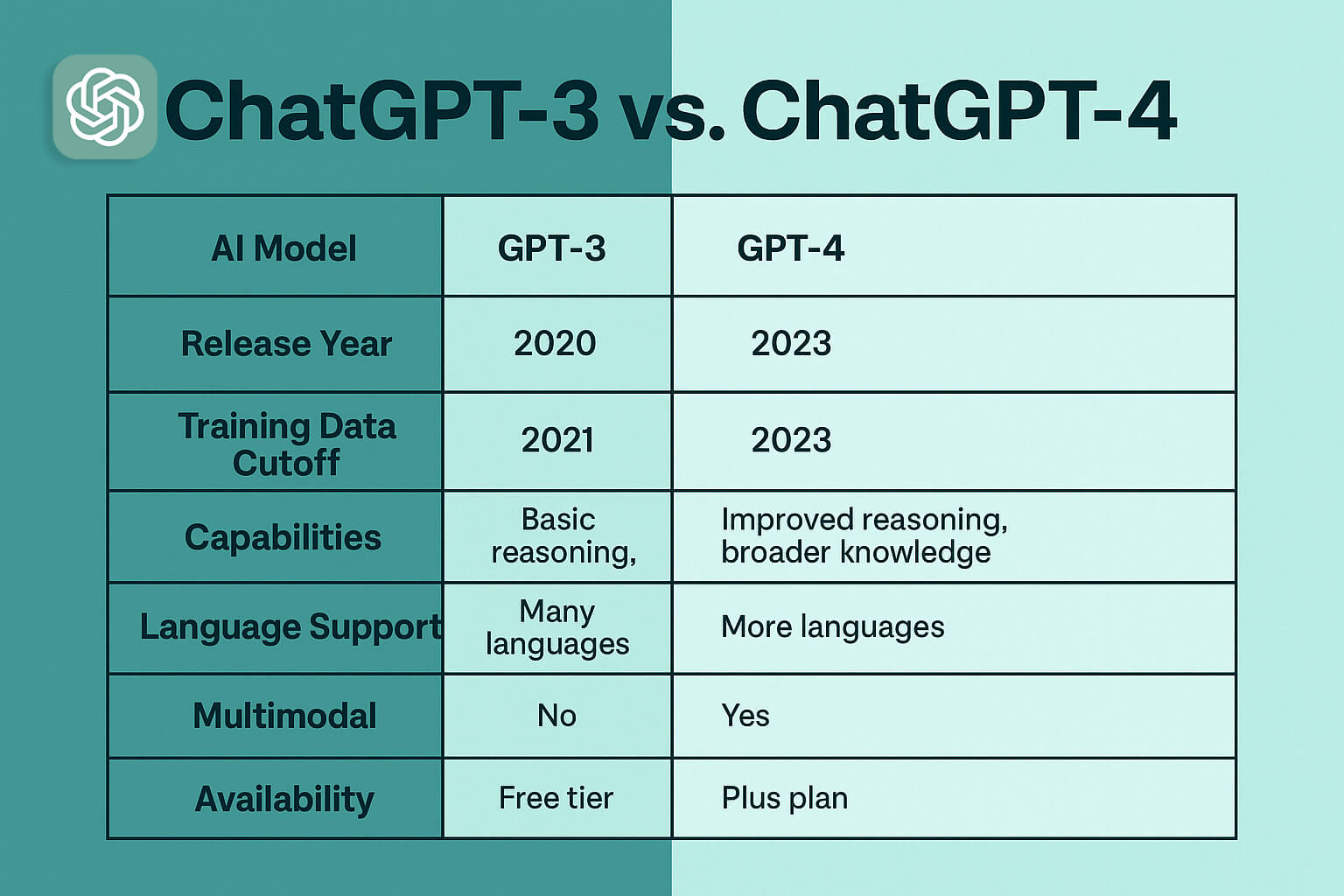


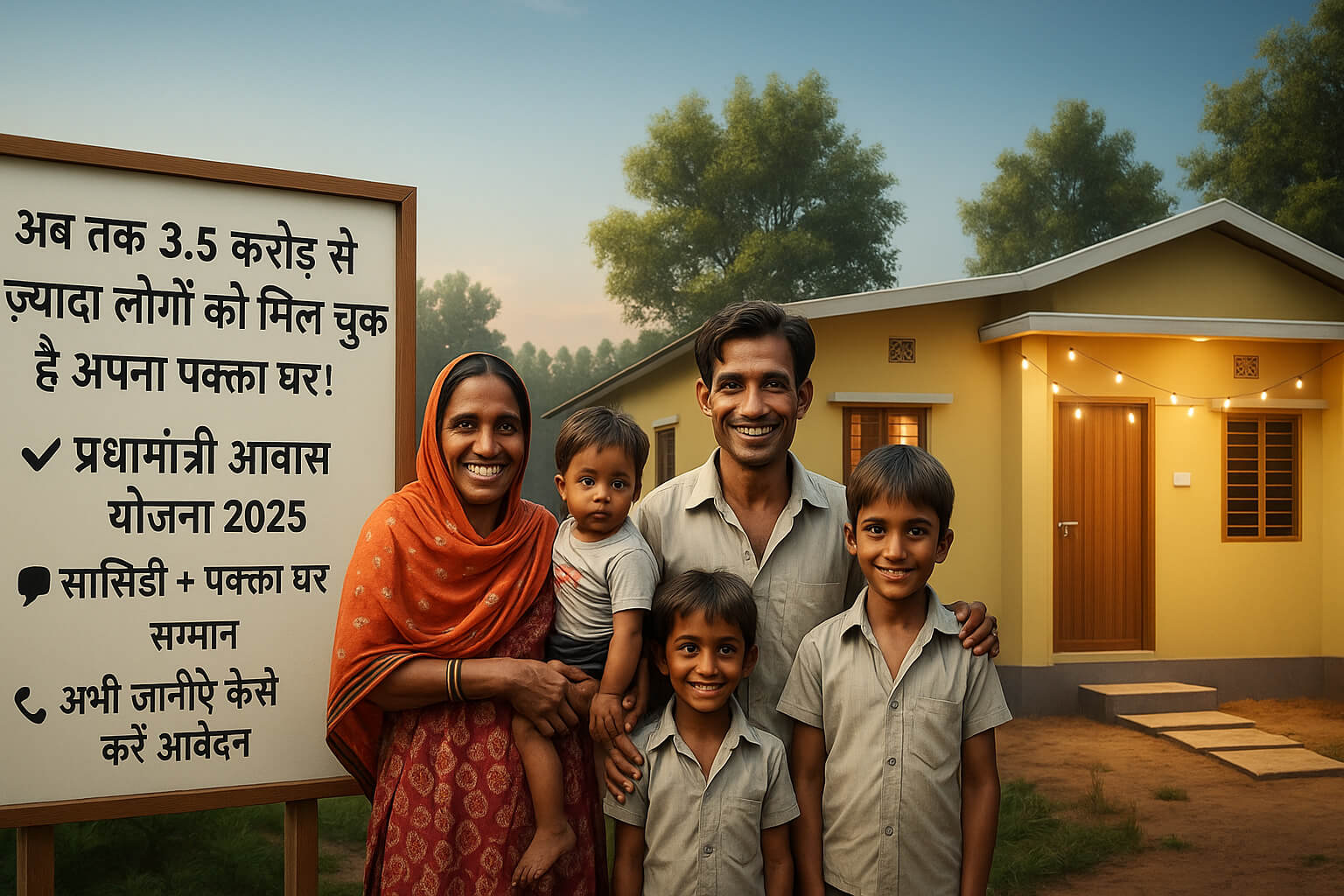
Leave a Reply